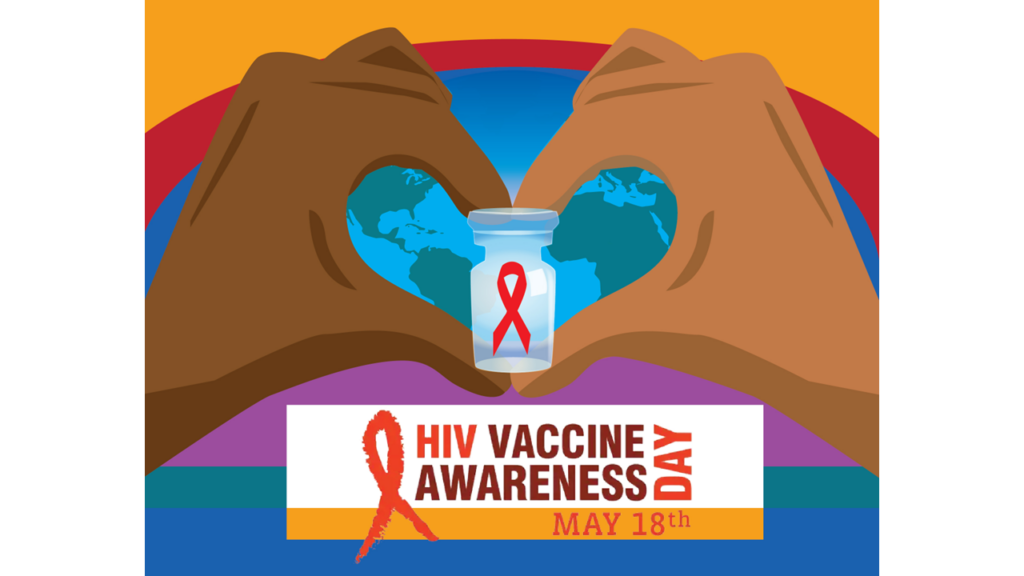May 18, 2025, marks the 28th annual HIV Vaccine Awareness Day, also known as World AIDS Vaccine Day. Led by the US National Institute of Allergy and Infectious Diseases (NIAID), the day highlights the ongoing search for a vaccine to prevent HIV infection and ultimately end the AIDS pandemic.
HIV undermines the immune system by targeting CD4 T-cells, leaving individuals vulnerable to opportunistic infections. Despite lifesaving antiretroviral therapies, roughly 39.9 million people worldwide were living with HIV at the end of 2023, and 1.3 million people acquired HIV that year.
In the US, an estimated 1.2 million people have HIV, with about 31,800 new infections in 2022.
Only a safe, effective vaccine can stop transmission entirely.
The HIV-AIDS Landscape After Policy Shocks
In April 2025, the World Vaccine Congress in Washington urged stakeholders to rebuild public trust in vaccines, scale next-gen delivery methods — such as virus-like particles and microneedle patches — and align international approval processes so that any future HIV vaccine can be distributed fairly around the world.
That same month, a 90-day US Agency for International Development (USAID) funding pause under the “America First” directive halted a $45 million mRNA-based HIV vaccine trial in South Africa, leaving vital pre-clinical samples in limbo.
UNAids executive director Winnie Byanyima warned that US foreign-aid cuts could drive an additional 2,000 HIV infections per day and more than 6 million extra deaths by 2029, as clinic closures and antiretroviral therapy (ARV treatment) shortages echo a return to the 1990s.
The NIH restricted new collaborations on HIV/AIDS trials with South African partners, further slowing progress in one of the virus’s hardest-hit regions. Before this halt, the NIH funded four major international networks that enrolled over 5,000 South African participants in vaccine efficacy and prevention studies. These networks also relied on South African laboratories to lead sample analyses, establishing the country as a “regional force” in HIV research.
Clinical Advances in AIDS Vaccine Research
From a market perspective, the global HIV vaccines sector is projected to grow from about $940 million in 2024 to $1,064 million in 2025, reflecting a nearly 13% annual growth rate.
In March 2022, the NIH-funded HVTN 302 Phase I study began dosing participants with three mRNA-1574 Env-trimer immunogens. The trial leveraged mRNA vaccine technology adapted from COVID-19 efforts to train the immune system against HIV and was expected to be completed in July 2023.
In late 2024, the Imbokodo (HVTN 705) Phase IIb trial tested a “mosaic” immunogen design, which used protein fragments stitched together from multiple HIV variants. This approach aimed to elicit broadly neutralizing antibodies capable of recognizing diverse strains.
In another breakthrough in March 2025, an international team used Argonne National Laboratory’s Advanced Photon Source to solve the structure of an HIV envelope protein bound to a broadly neutralizing antibody. This served as proof-of-concept that protein crystallography can guide immunogen design in vaccines to neutralize over a third of HIV strains circulating in the US.
HIV AIDS Vaccine Research: Progress and Persisting Barriers
According to the Medical University of South Carolina, a March 2025 study in Clinical Infectious Diseases showed that long-acting injectable antiretroviral therapy (ART) can be administered safely and effectively at home by healthcare professionals, matching clinic-based care and earning high patient satisfaction. This option could reduce the burden of daily pills, decreasing clinic visits for patients facing stigma or unstable circumstances.
Yet according to Health Policy Watch, abrupt US aid suspensions led clinics across Zimbabwe to ration antiretrovirals, cut patient allocations by half and prompt patients to pay bribes or purchase drugs on the informal market.
Sixty-seven-year-old Memory Sibanda was turned away three times in February before receiving just a three-month ARV supply — half her usual allocation — and now fears running out of pills entirely. Sixty-five-year-old Mavis Makumbe found her clinic shuttered and paid $20 for a month’s ARVs — an unsustainable cost amid rampant inflation. And HIV-positive inmates at Chikurubi Maximum Prison reported scarce ARVs and even painkillers, with prison staff rationing drugs under deepening shortages.
These stories show that while new tools can ease treatment, real-world access gaps may put lives at risk.
Snapshot of Enablers for the Next-Generation HIV Innovation
Cost-Plus Licensing Models
Sunlenca (lenacapavir) is a long-acting HIV prevention drug that the UN’s Medicines Patent Pool estimates could be manufactured for about $40 per person per year under a generic licensing agreement, versus its current annual cost of approximately $42,250 in high-income markets. This cost-plus approach offers a blueprint to keep future HIV vaccines affordable worldwide.
AI & Cloud Platforms
With Microsoft Azure up 35% in Q3 2025, AI-driven analytics and machine-learning workflows are now core tools for screening vaccine candidates, modeling immune responses and managing trial data securely.
The end to AIDS hinges not only on scientific breakthroughs, but on ensuring every advance translates into real-world equity. As we recognize World AIDS Vaccine Day on May 18, 2025, it’s a timely reminder that ending the AIDS pandemic requires both scientific innovation and global commitment to equitable access.
If you want your company to be featured on Xtalks.com, please email [email protected].












Join or login to leave a comment
JOIN LOGIN